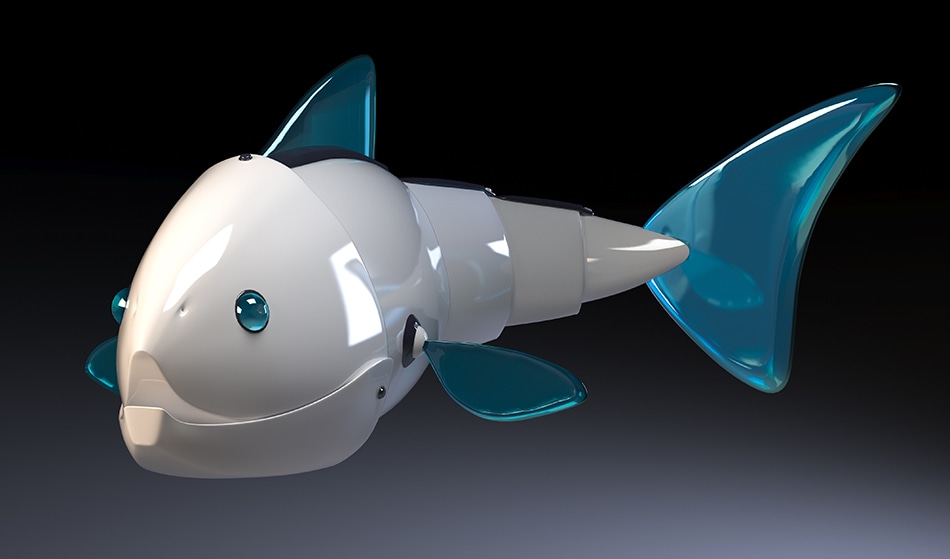
How to design and program a robot fish for aquatic research?
In recent years, the field of aquatic research has seen a significant advancement with the introduction of robot fish. These autonomous underwater vehicles have revolutionized how we explore and study the underwater world. In this article, we will discuss the process of designing and programming a robot fish for aquatic research.
1. Define the research objectives
The first step in designing a robot fish for aquatic research is to clearly define the research objectives. This includes determining the specific tasks the robot fish will perform, the environment it will operate in, and the data it will collect.
2. Choose the appropriate design
Once the research objectives are defined, the next step is to choose the appropriate design for the robot fish. This involves selecting the size, shape, and propulsion system of the robot fish based on the research requirements.
3. Select the necessary components
After choosing the design, the next step is to select the necessary components for the robot fish. This includes the sensors, actuators, communication systems, and power source required for the robot fish to function effectively.
4. Develop the programming
One of the most crucial steps in designing a robot fish is developing the programming. This involves writing the code that will control the movements and actions of the robot fish based on the data collected by its sensors.
5. Test and iterate
Once the robot fish is designed and programmed, it is essential to test it in a controlled environment to ensure it functions as intended. Any issues or malfunctions should be identified and addressed through iteration and testing.
6. Field testing
After the robot fish has been successfully tested in a controlled environment, it is time for field testing. This involves deploying the robot fish in real-world aquatic environments to collect data and perform the intended research tasks.
7. Data analysis
Once the robot fish has completed its field testing, the collected data must be analyzed to draw meaningful conclusions and insights. This analysis will help researchers better understand the underwater world and make informed decisions based on the data collected.
By following these steps, researchers can design and program a robot fish for aquatic research that will revolutionize underwater exploration and advance our understanding of the underwater world.
Was this helpful?
0 / 0